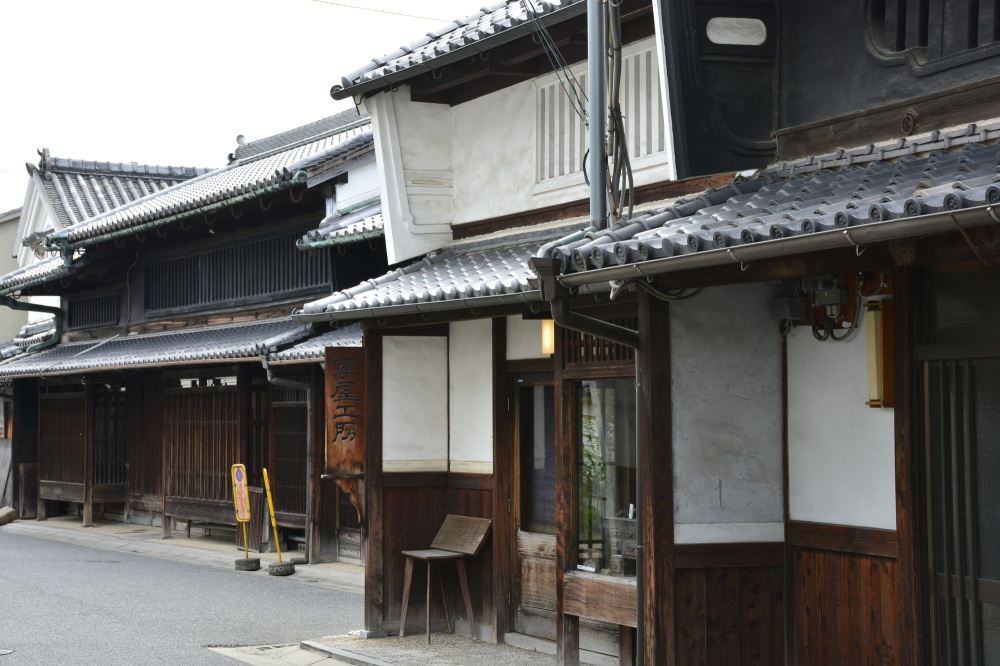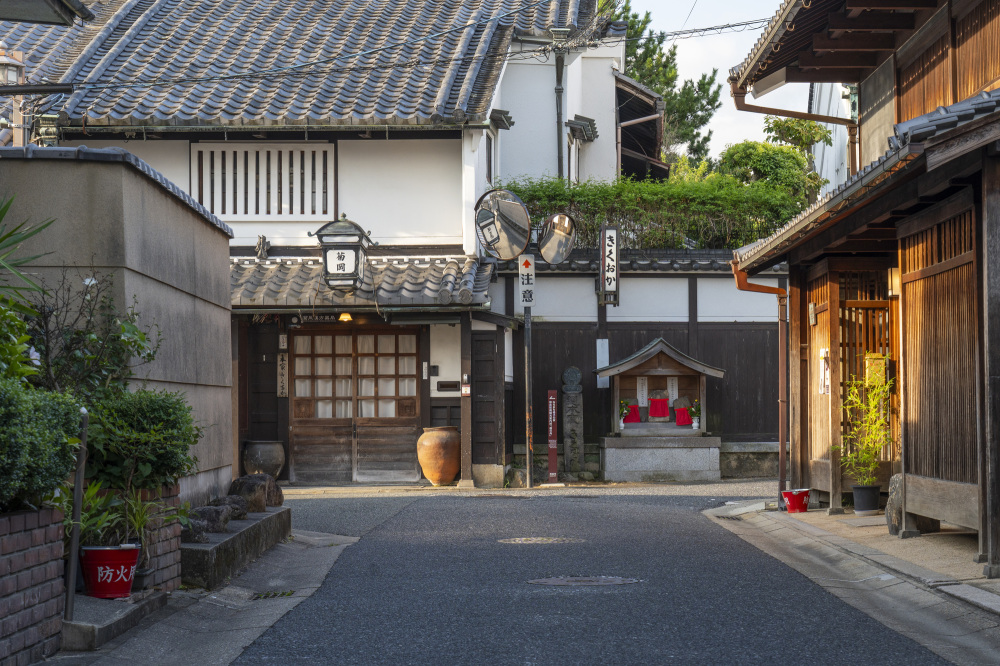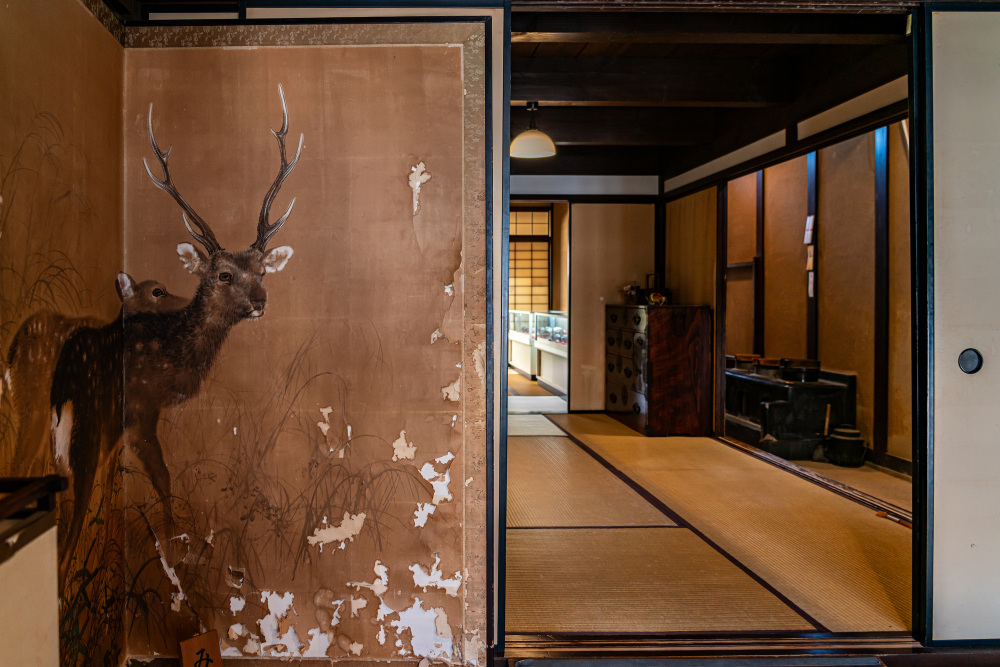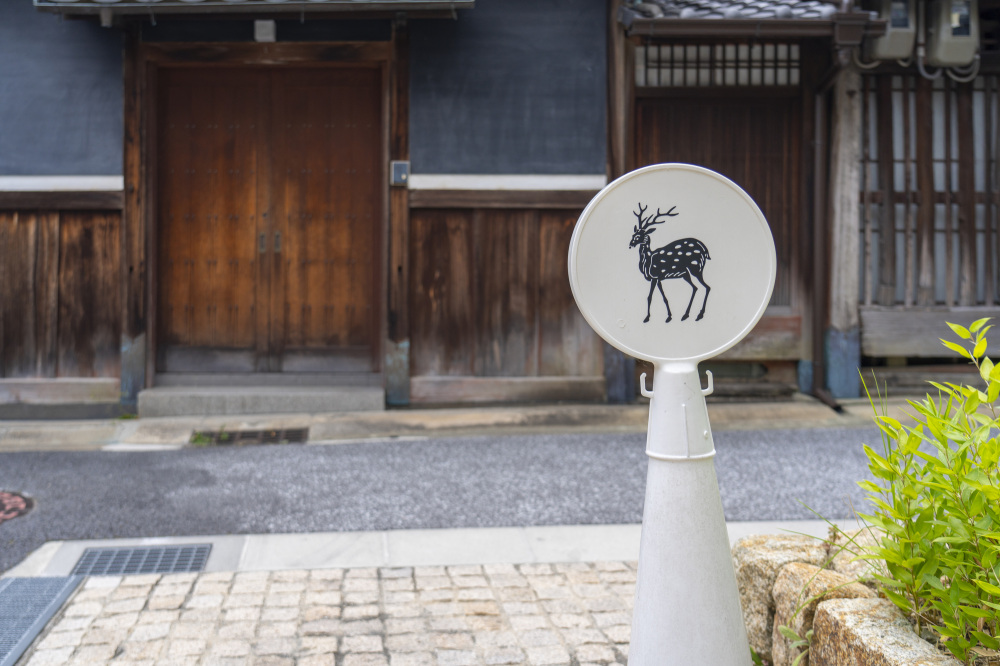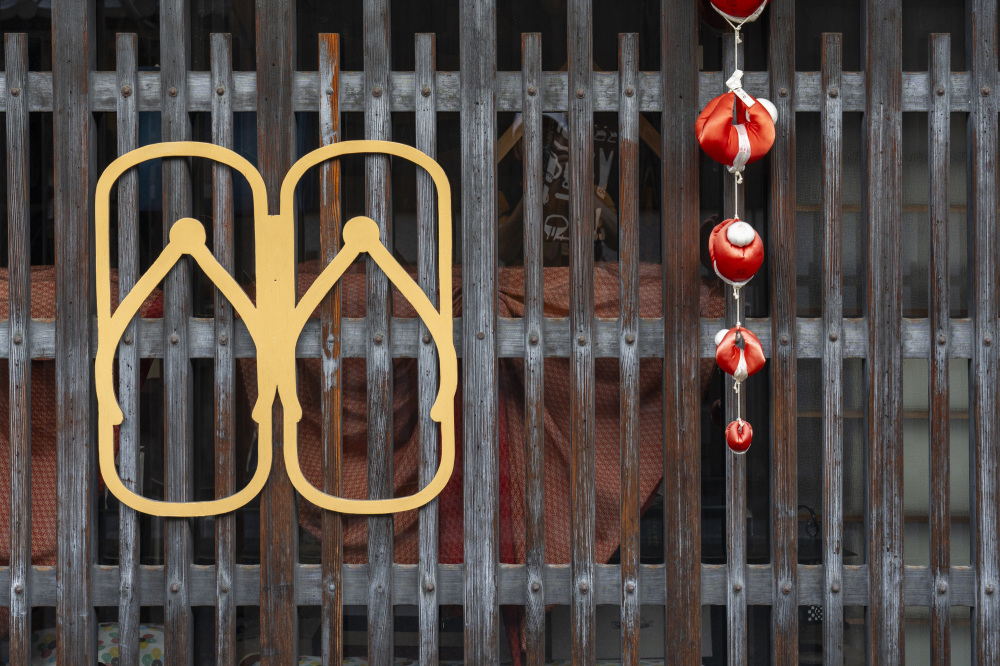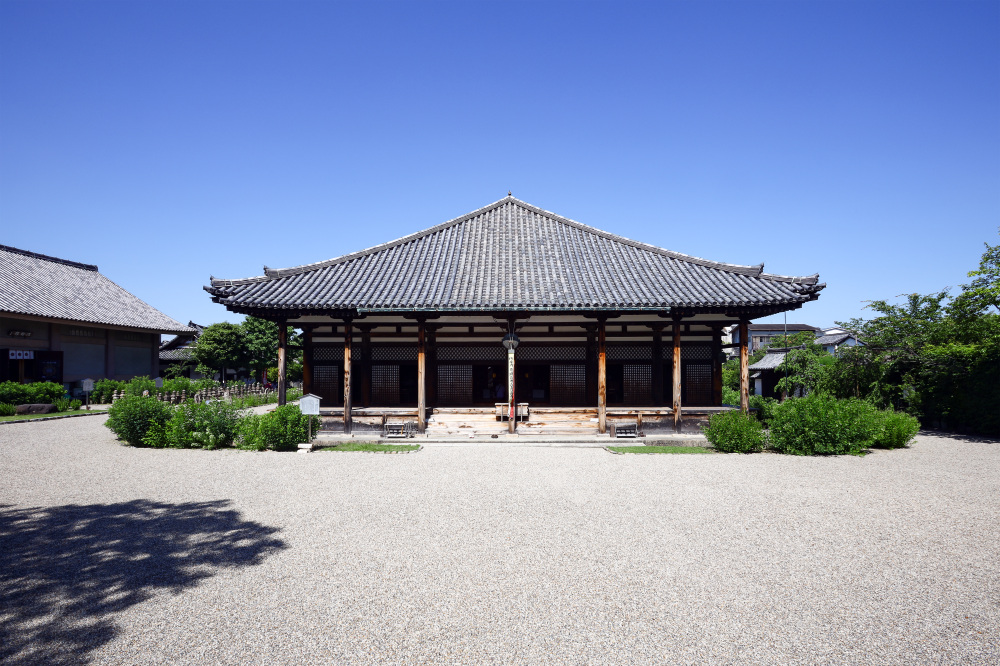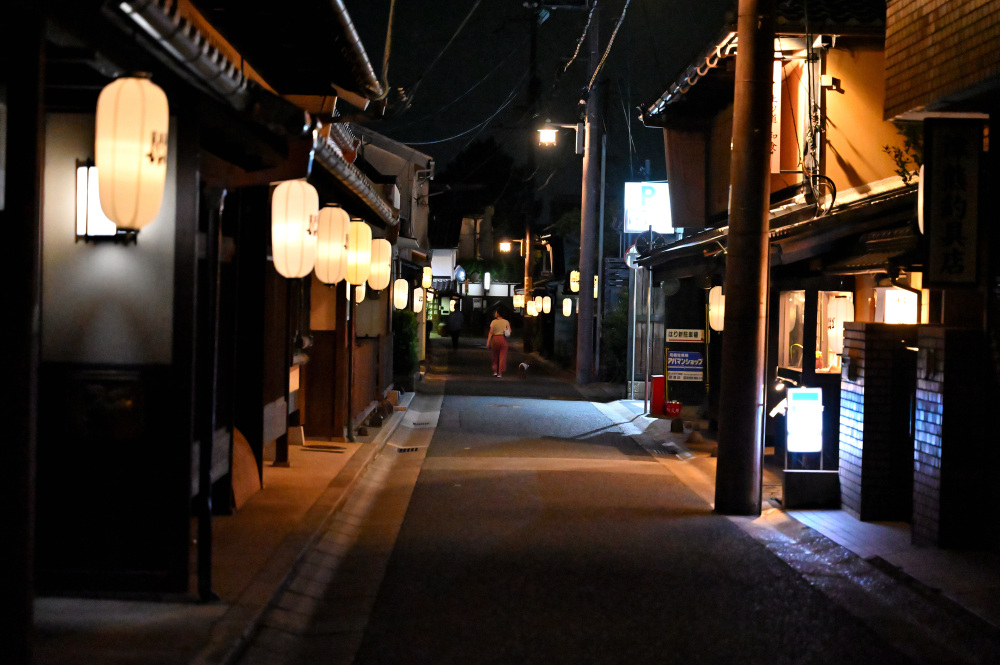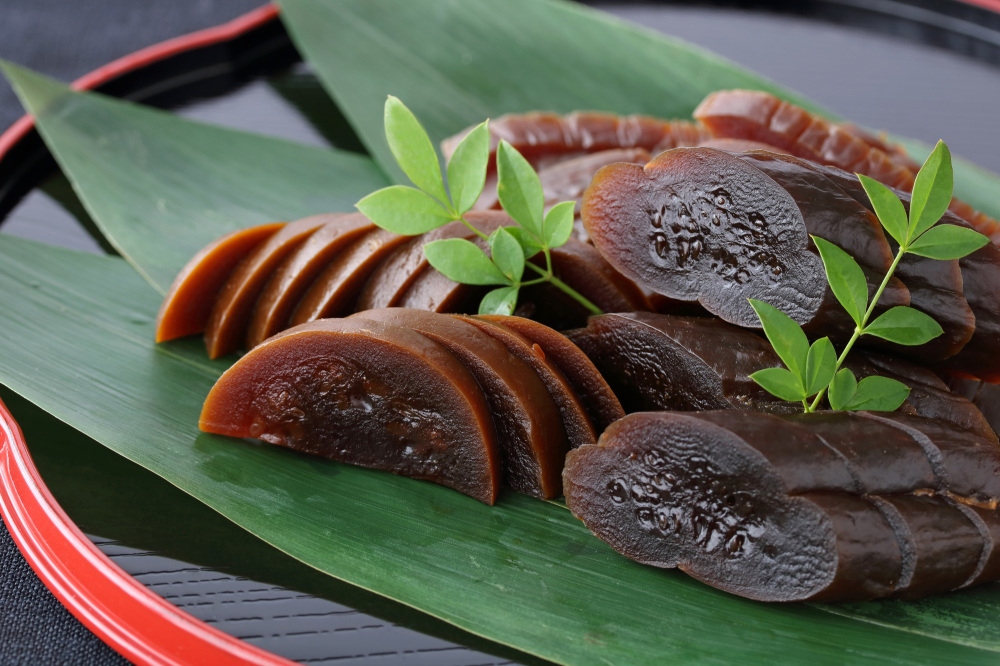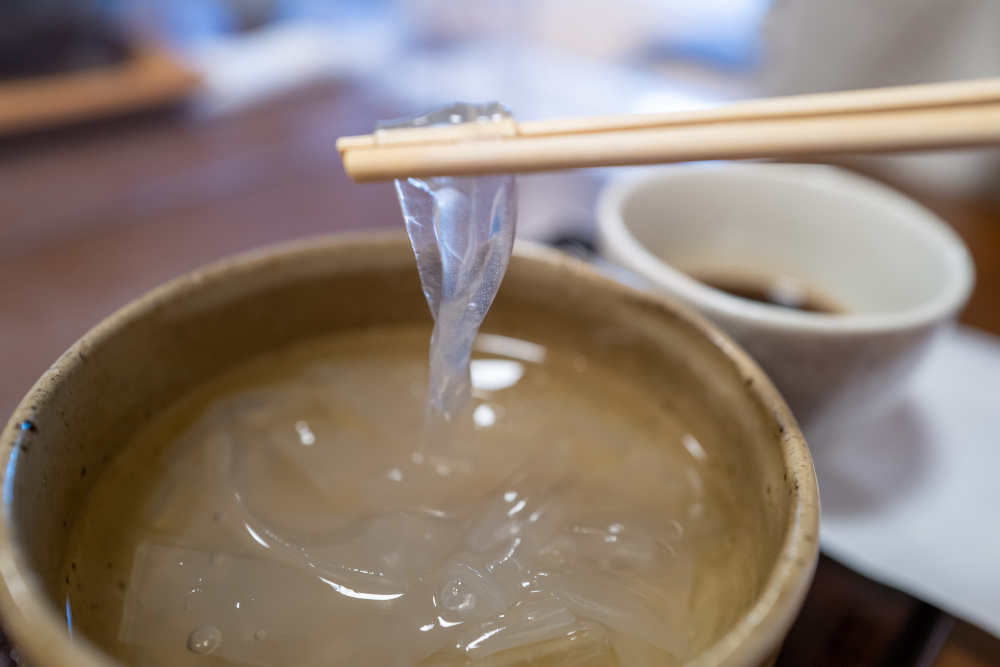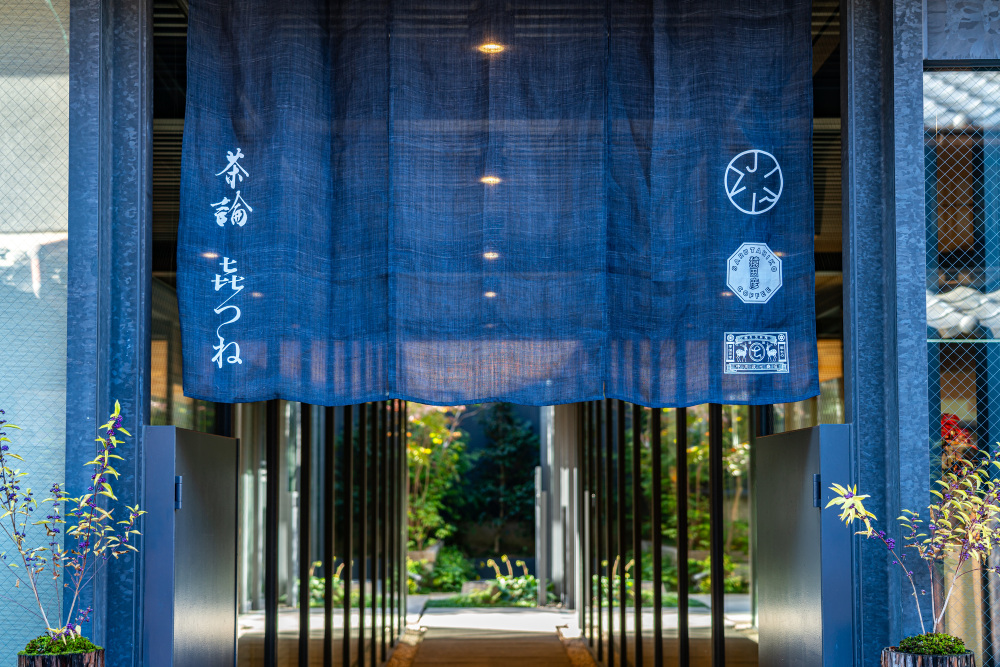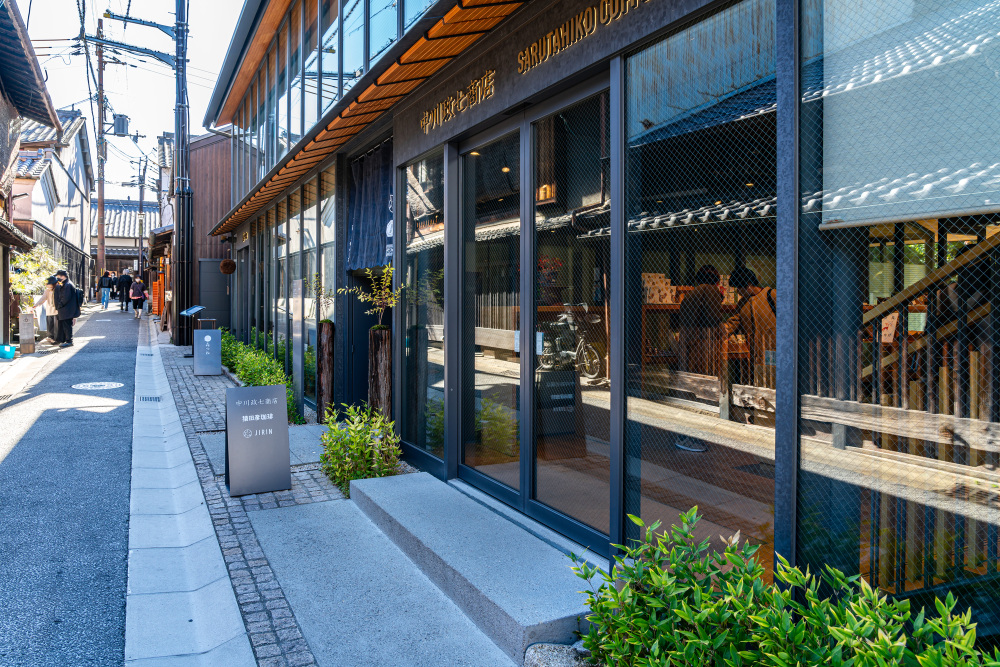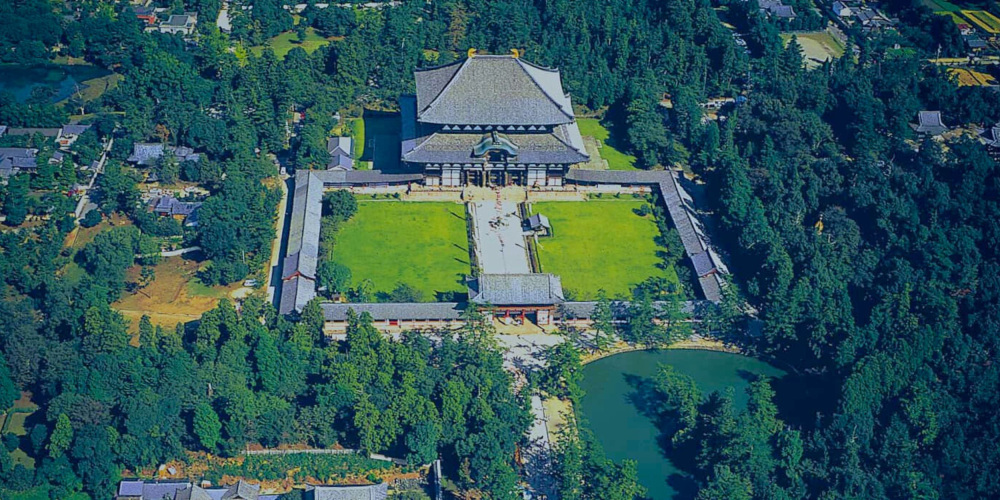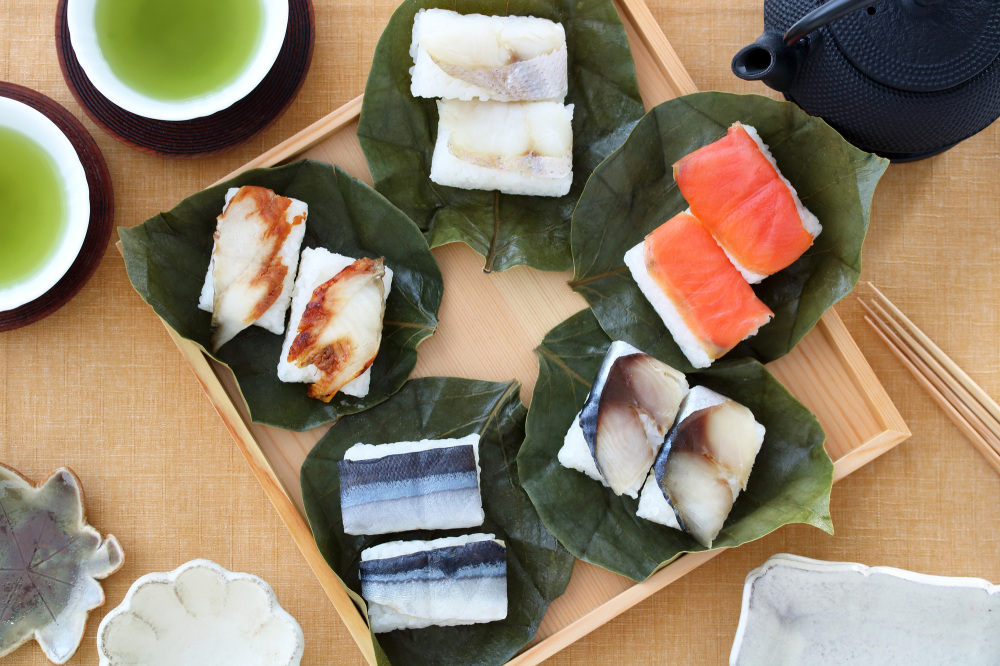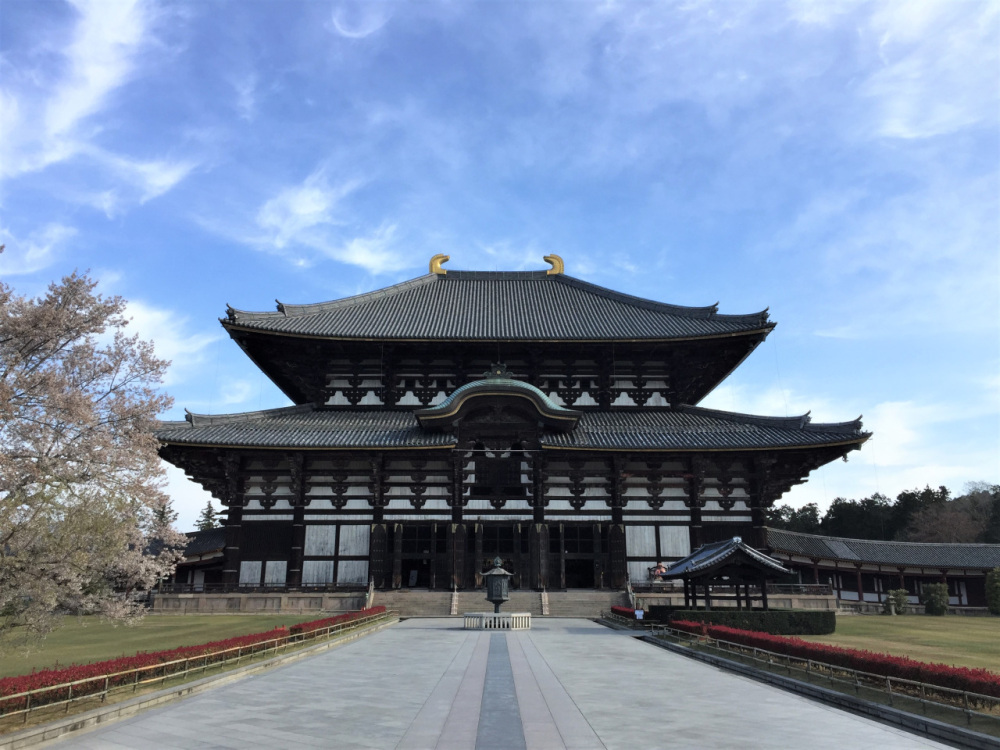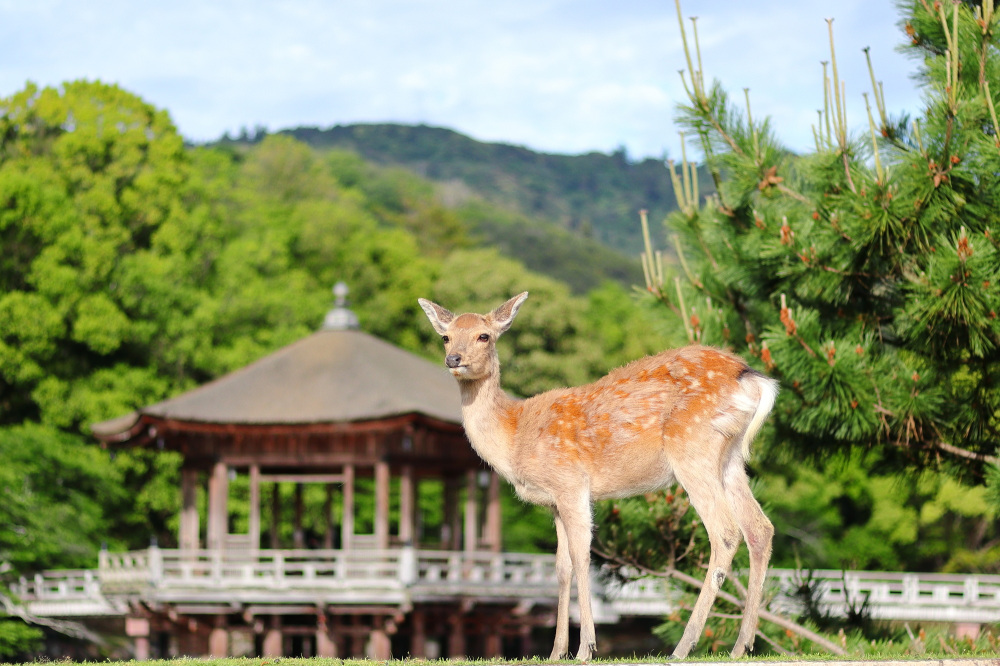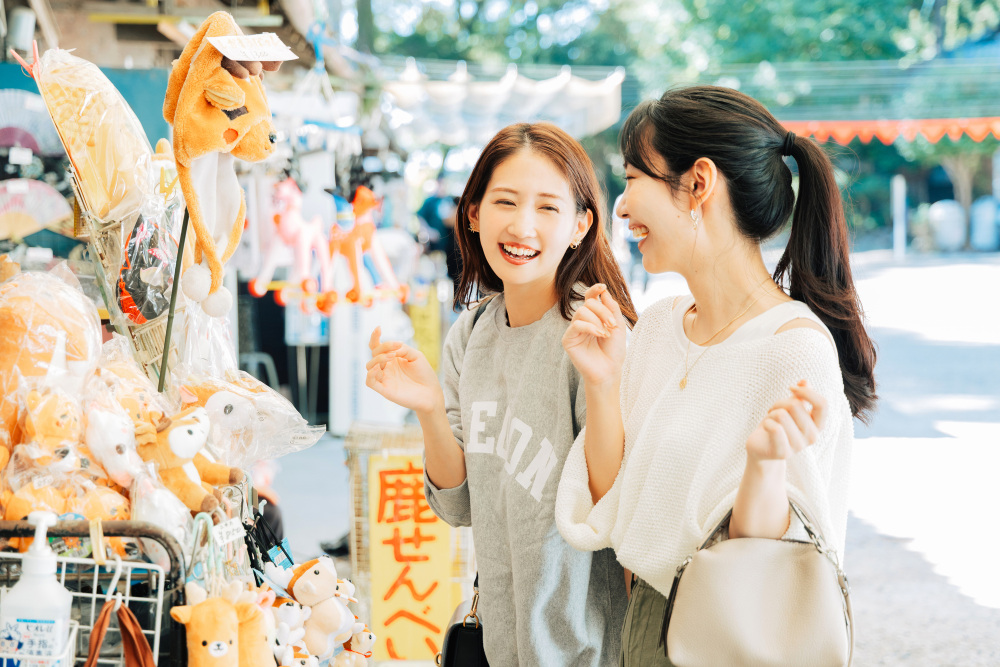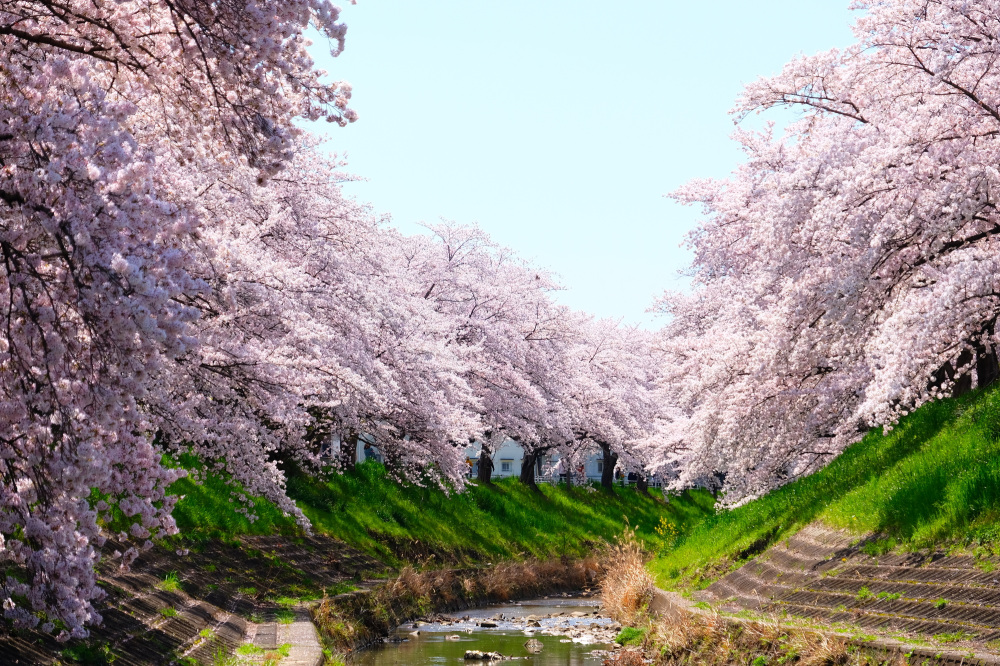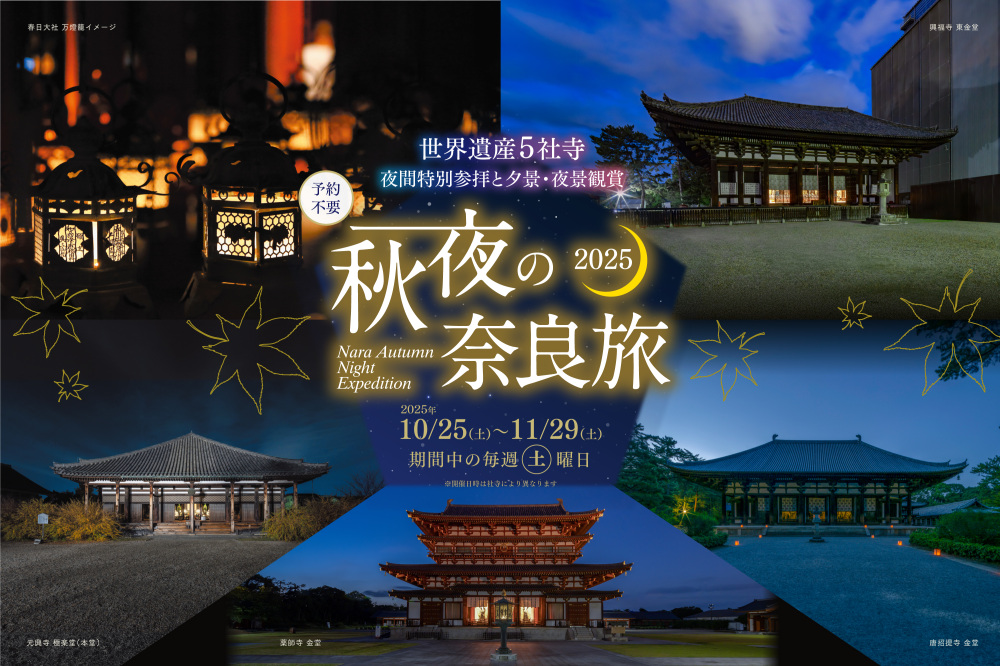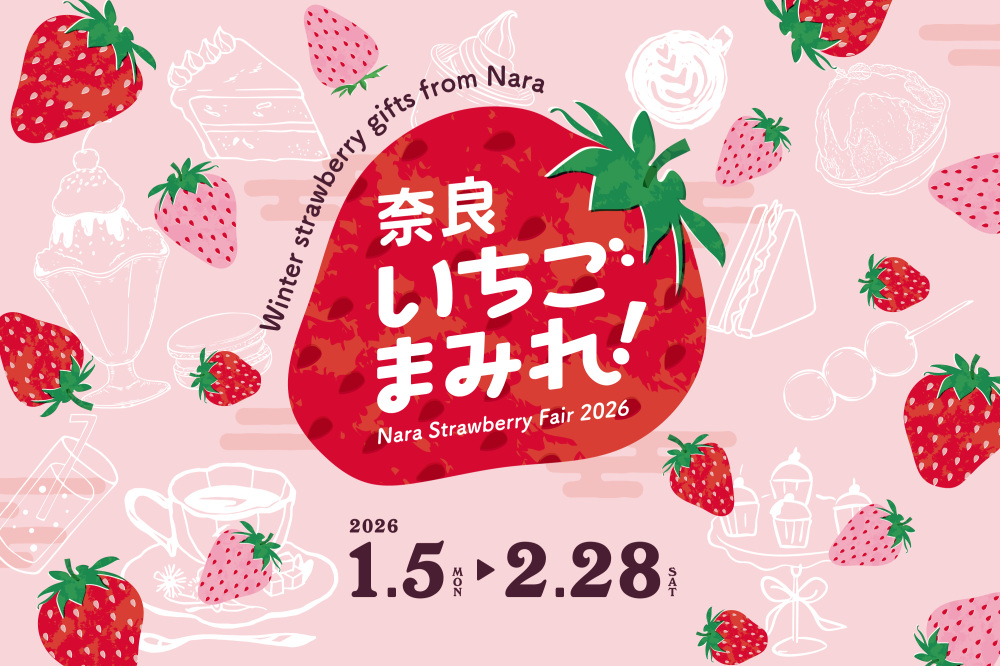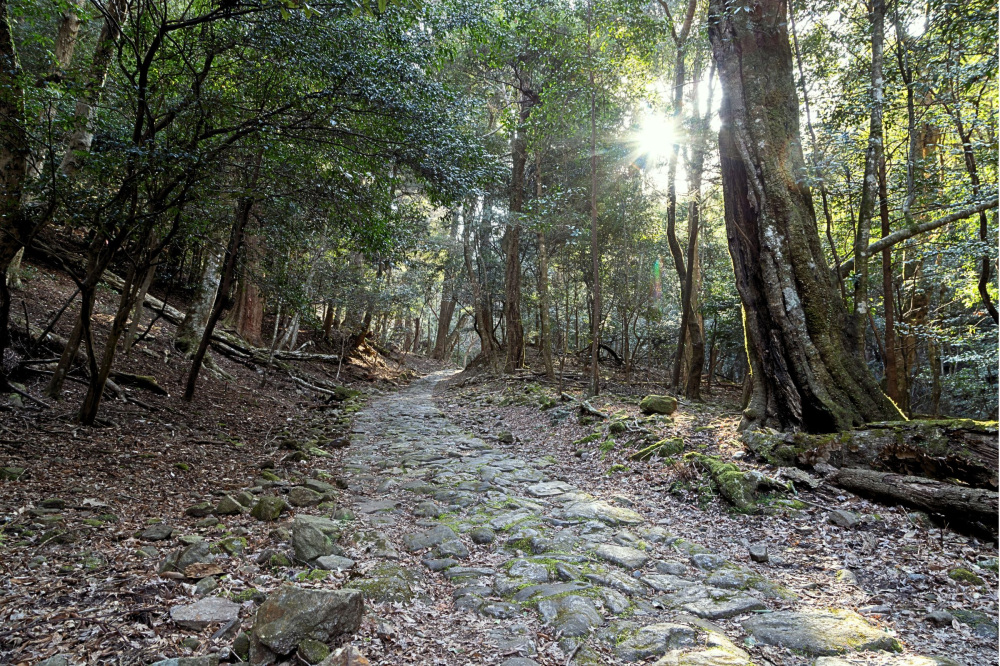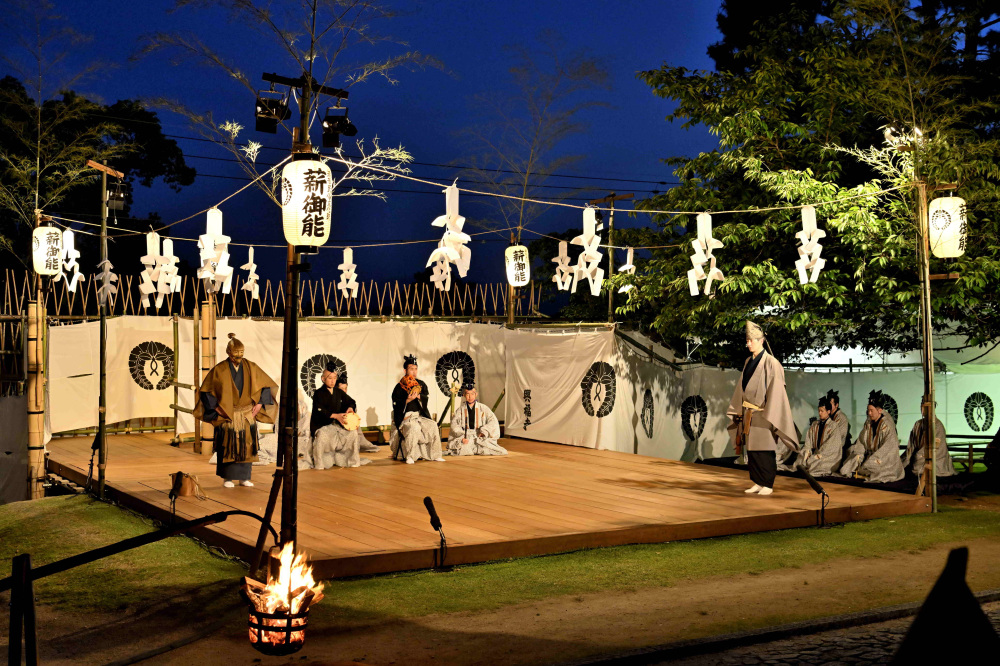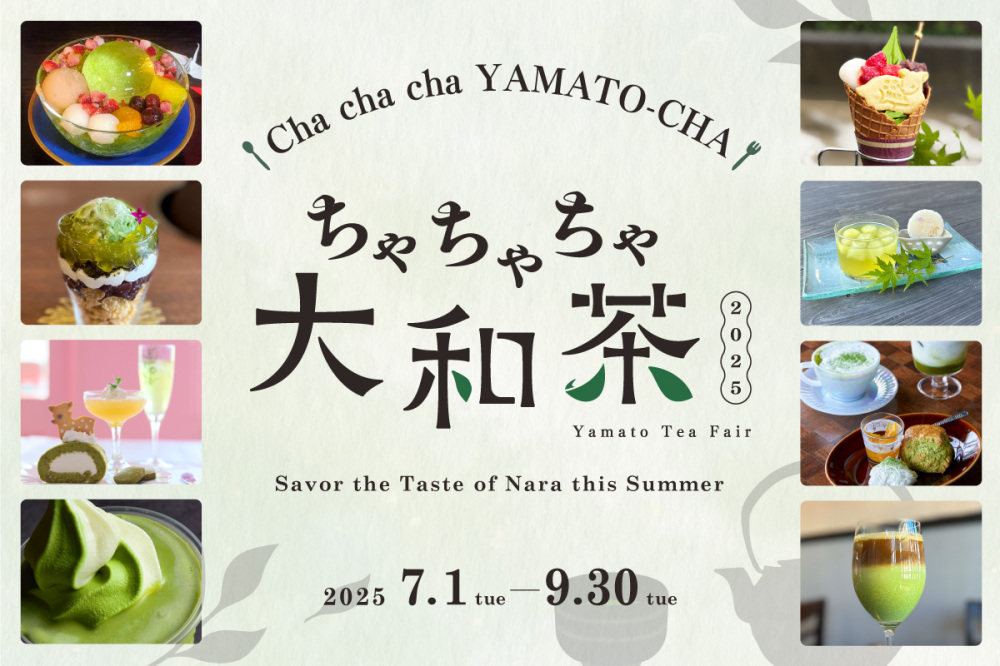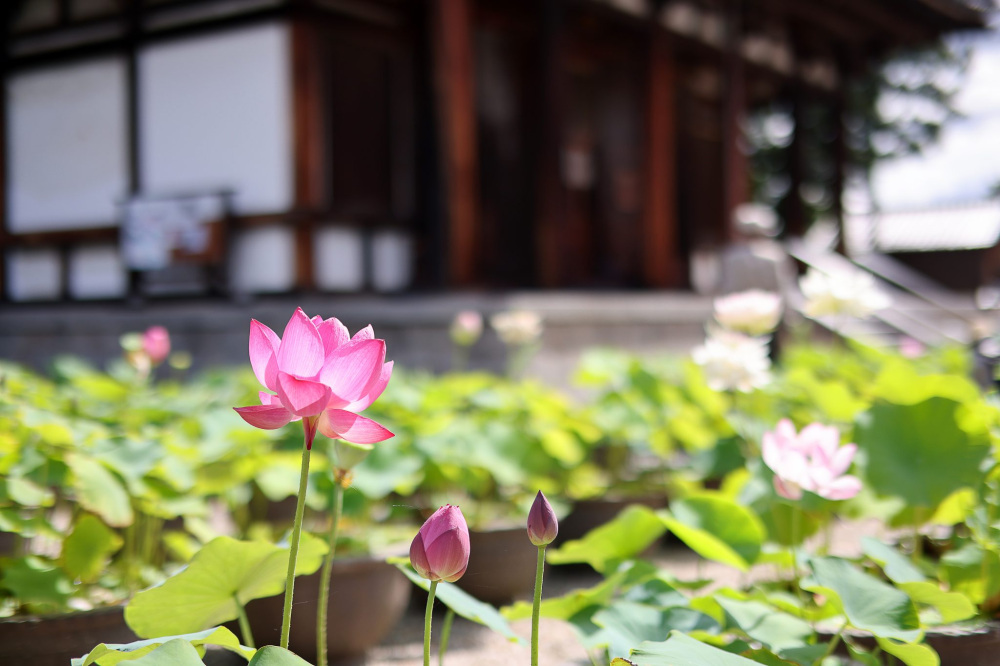All about the highlights of Naramachi, which has retained traces from Edo, Meiji, and post-war periods.
Naramachi developed around the former grounds of the World Heritage Site Gangoji Temple. Today, houses from the Edo to the postwar period remain, forming a quaint and beautiful streetscape. We will introduce you to the highlights of Naramachi, a town filled with history and charm.
INDEX
- What kind of place is Naramachi?
- Highlights of Naramachi, and ways to enjoy the area
- Head to the World Heritage Site, Gangoji Temple
- Tale a tour of the shrines and historical buildings to travel back in time to the Edo era
- Enjoy eating your way around!
- Lunchtime in an old private house
- Sweets, sake... buy some gifts to take home with you!
- Shopping at the popular spot, Shika Saru Kitsune Building
- Access
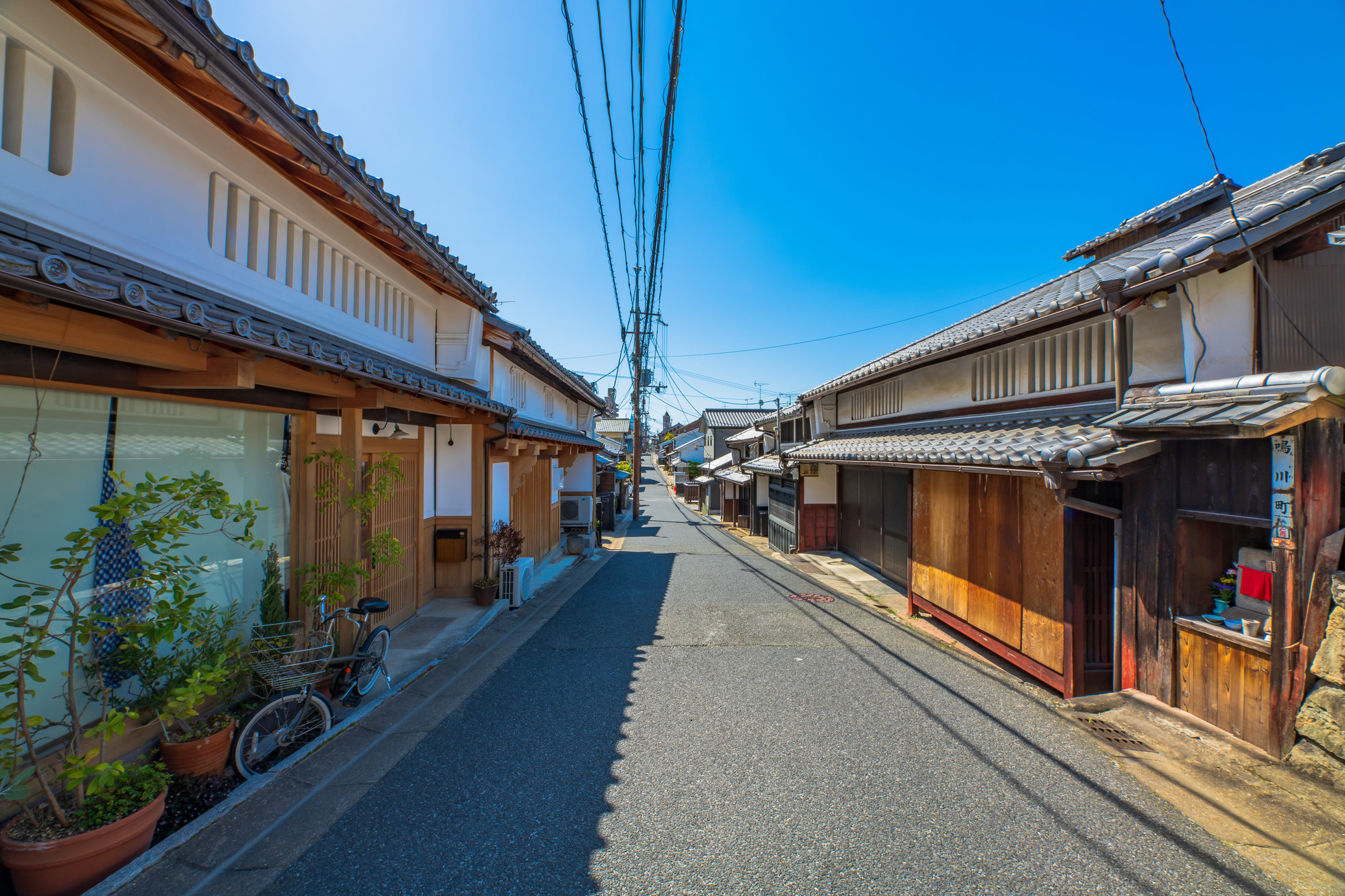
What kind of place is Naramachi?
Naramachi is located in the center of Nara, near Gangoji Temple. It is within walking distance of Kintetsu and JR Nara Station. It is adjacent to Nara Park, making it a great place to stop on your way to the area's sightseeing. Naramachi was part of Heijo-kyo, the state capital of the Nara period (710-794). It started as a religious and cultural center and later became the area's commercial center. Houses and temples built from the Edo period to the postwar period are preserved. Some traditional homes have been renovated into modern, stylish cafes and shops, making Naramachi a popular tourist spot.
Highlights of Naramachi, and ways to enjoy the area
Naramachi's charm lies in its quaint streetscape lined with machiya (traditional townhouses). First, take a leisurely stroll. Numerous photogenic spots exist, such as those machiya from which monkey-shaped talismans hang. The area also offers attractive local cuisine, so you can enjoy dining around. We recommend relaxing at cafes and restaurants in traditional houses for a break. Also, you can find many stylish local products at variety stores.
Make use of the handy tourist information centers!
Tourist information centers offer helpful services for efficiently getting around Naramachi. The Naramachi Minami Tourist Information Center "Shika no Fune" and the Naramachi Information Center offer information on historical sightseeing spots, local cafes and restaurants, and shops selling local specialties. The staff is very knowledgeable about the area. These centers can help make your trip more fulfilling.
Head to the World Heritage Site, Gangoji Temple
First, you can just head to Gangoji Temple. The temple is registered as a World Heritage Site and one of the Seven Great Temples found and protected by the state in the 8th century. Its precursor was Hokoji Temple (Asuka-dera), Japan's oldest Buddhist temple originally located in the Asuka area, then relocated to the Heijo-kyo capital in Nara. Temple's Gokurakudo Hall is designated a national treasure, and it retains the original roof tiles, which were from before the relocation and are still in use. The five-story pagoda, also a national treasure housed in the treasure hall, is a must-see. The numerous stone Buddha statues create a solemn atmosphere. There is an old map depicting the Naramachi of the year from around when Gangoji Temple was flourishing, so it would be fun to take a stroll and compare the past and present townscapes. The map is issued by Nara City Tourism Assn.
Tale a tour of the shrines and historical buildings to travel back in time to the Edo era
There are numerous temples, shrines, and important cultural properties in Naramachi. Visiting these places can bring you peace of mind within the tranquil environment.
*The photograph shows Naramachi Yuho, a local summer event in August. The lanterns are only lit during that event.
- Koshin-do
- This is the center of Nara's Koshin faith (a faith that protects the health and longevity of the people). A migawarizaru (scapegoat monkey), a talisman used to ward off evil since ancient times, hangs at the entrance.
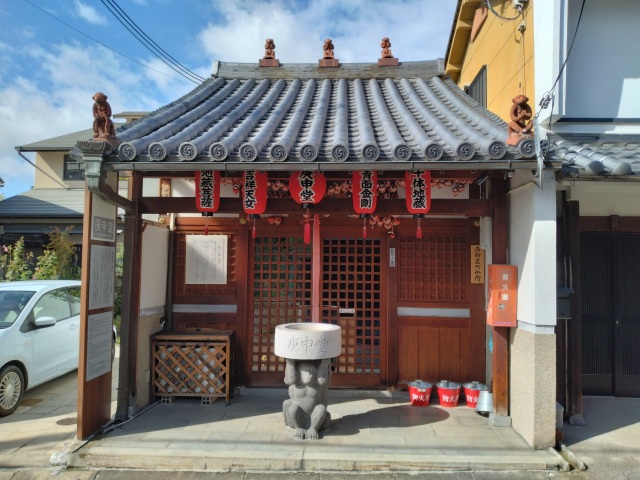
- See More
- Goryo-jinja shrine
- Goryo Shrine, built in 800, is considered the protector of Naramachi. On the left side of the south gate is Shusse Inari Shrine, which is known to grant blessings for career advancement and matrimony. Various beautiful flowers bloom in each season, including cherry blossoms and peonies, making it a popular spot for collecting seasonal goshuin (shrine seals).
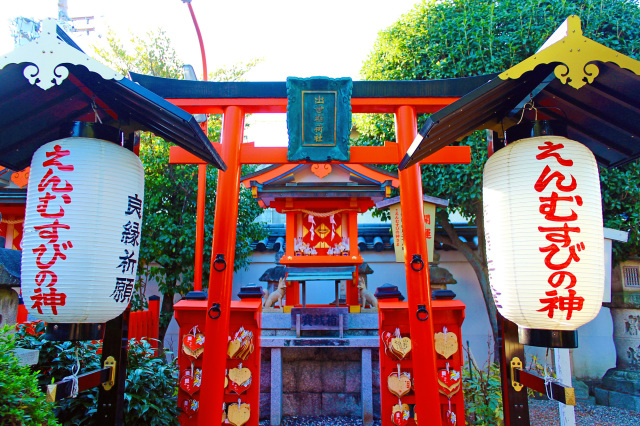
- See More
- Naramachi Koshi-no-Ie (Lattice House)
- A traditional machiya house of Naramachi has been recreated here. You can take your time examining the exterior and exploring the interior. The house offers a glimpse into Nara's past lifestyle, information about Naramachi, and a place for tourists to relax and take a break.
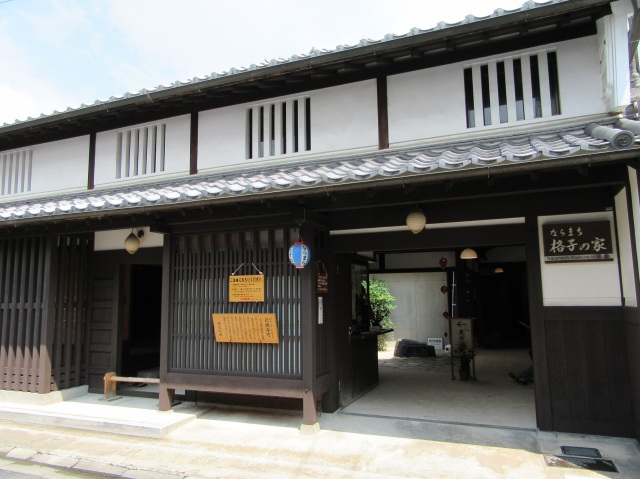
- See More
Will the migawarizaru make your wishes come true?
Walking around Naramachi, red dolls hanging from the eaves of houses will catch your eye. These monkey-like dolls are called migawarizaru (scapegoat monkeys). They serve as a talisman to accept misfortune in your place. It is also said that writing a wish on the back of the doll and hanging it up can make the wish come true. It is traditional to hang one up for each member of a family. In addition, their adorable shape makes them a popular souvenir. It would be a good idea to buy one as a memento of your trip, while also making a wish on it.
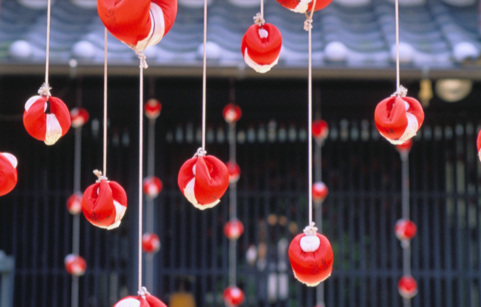
Enjoy eating your way around!
One way to enjoy Naramachi is to eat your way around. Mochiidono Shopping Street, which leads to Naramachi, is said to be the oldest shopping street still in operation. The bustling street is lined with many eateries. For those unsure what to try, this section features some of the recommended delicacies around the Naramachi area, focusing on Mochiidono Shopping Street.
- Uoman
- A long-established kamaboko (Japanese fish cake) specialty store that emphasizes homemade flavors. Butter Potato is its most popular product. It is a delicious fusion of potato texture and fragrant butter. It is irresistible and addictive. Be sure to try it freshly fried.
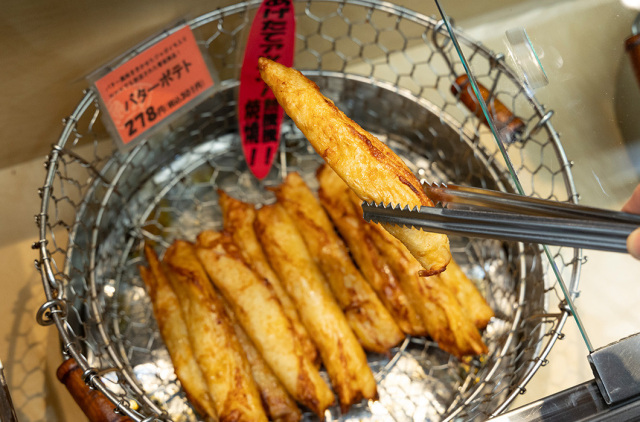
- See More
- Traditional sweets shop, Okuta
- Okuta is a sweet shop of seasonal Japanese sweets. The shop's interior has a nostalgic feel. Once you step inside, you will be greeted by the fragrant aroma of freshly baked mitarashi dango (sweet skewered dumplings). Enjoy the traditional flavor of each skewer.
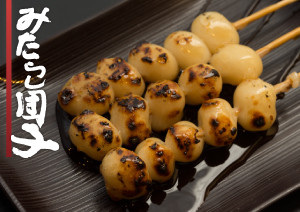
- See More
- cervo bianco
- This popular Italian restaurant also serves gelato, which is perfect for wandering around. The gelato is handmade every morning with ingredients from Nara. Its natural sweetness and light texture make it very palatable.
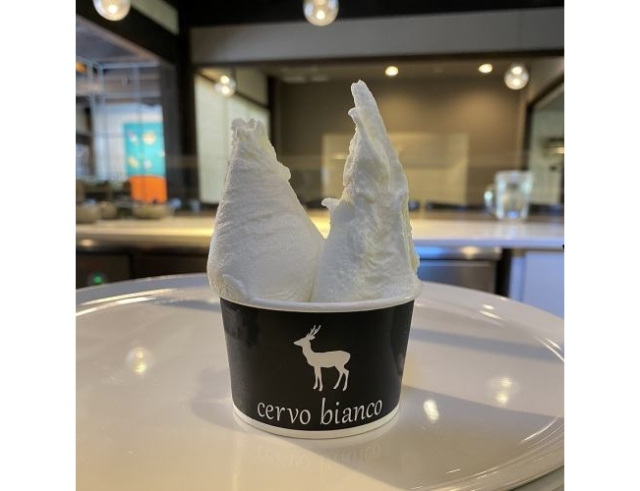
- See More
Lunchtime in an old private house
Many stylish cafes and restaurants in Naramachi have been refurbished from traditional houses, so you can enjoy your lunch while soaking up the nostalgia. Have your fill of cuisine that can only be found here, such as healthy dishes made with Yamato vegetables (traditionally cultivated in Nara), cha-gayu (rice stewed in tea), and kaki-no-ha-zushi (pressed sushi wrapped in persimmon leaves).
- kanakana
- Enjoy a leisurely moment in a traditional wooden house where you can learn about the Japanese lifestyle while savoring kanakana gohan (a rice dish), curry, sweets, and drinks.
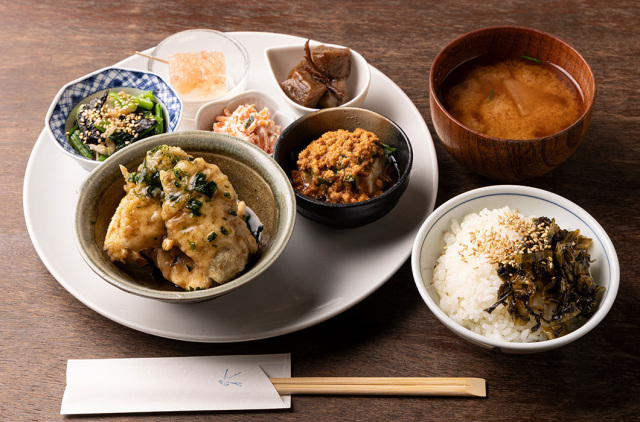
- See More
- HARU - Naramachi Style
- This popular Western restaurant specializes in homemade dishes featuring local ingredients. One of the star dishes is the hamburger steak made with Yamato beef and pork served with a homemade demi-glace sauce.
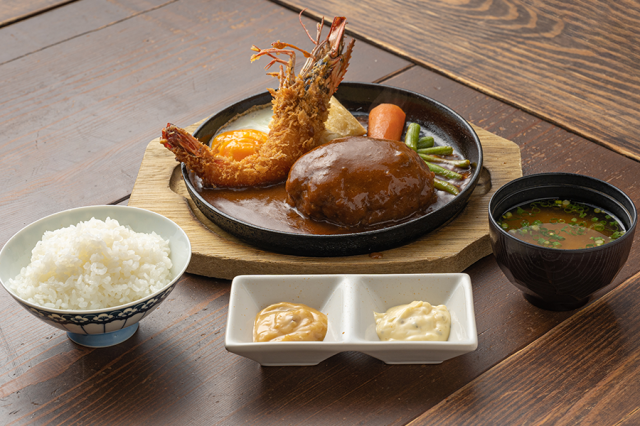
- See More
- omoya
- The chef's specialty is original French cuisine using seasonal ingredients from Nara. The dishes are served on Shigaraki ware (traditional pottery from Shigaraki, Shiga Pref.) and chopsticks. Experience this luxurious collaboration between a traditional Japanese house and French cuisine.
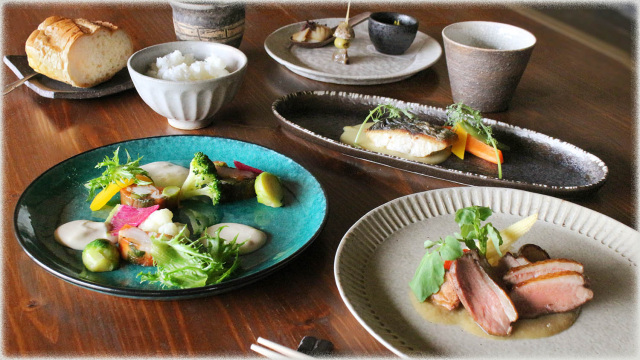
- See More
- Awa Naramachi
- This restaurant is located in a refurbished 140-year-old traditional wooden house. Its concept is introducing Nara's ingredients, which are widely served fresh ingredients and local sake from Nara Prefecture. The lunch menu, which includes generous helpings of traditional Yamato vegetables, is especially popular. It is a reservation-only restaurant, so be sure to call and make a reservation.
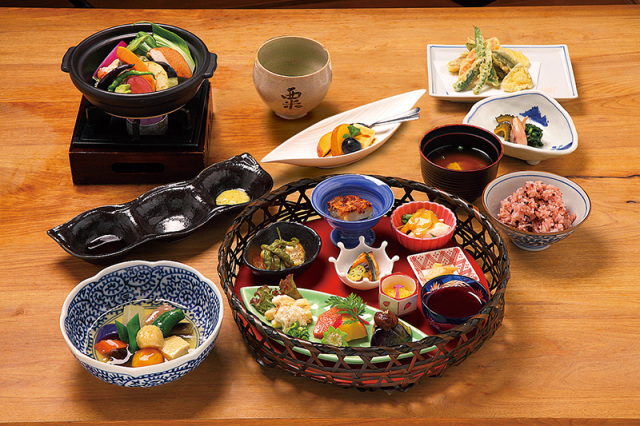
- See More
- Kaki-no-ha-zushi Hiraso
- This is where kaki-no-ha-zushi (pressed sushi wrapped in persimmon leaves) originated and became Nara's traditional dish. Kaki-no-ha-zushi is also available as packaged gifts. In addition, there are other popular set meals you can try. Other Nara dishes include the Cha-gayu Teishoku (a set menu of rice stewed in tea) and Miwa Somen (thin wheat noodles produced in the Miwa region of Nara Prefecture).
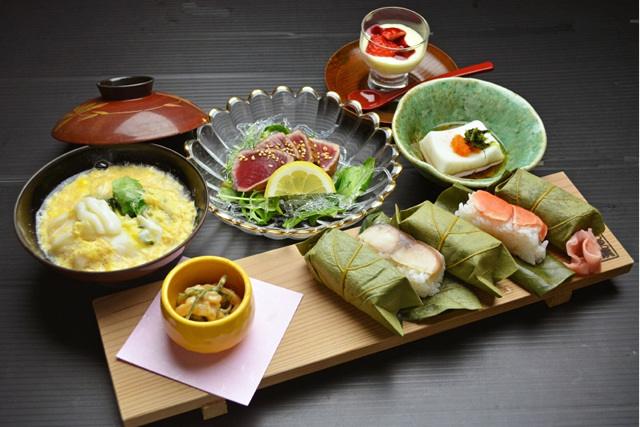
- See More
Sweets, sake... buy some gifts to take home with you!
After satiating your appetite, it is time to hunt for souvenirs and gifts.
In addition to Nara's specialty products, you will find many other unique items in Naramachi. One way to enjoy them is to walk into shops that catch your eye casually. This section looks at some highly recommended shops.
- Nara sweets manufacturer, ocasi
- You can enjoy sweet pairings by layering three types of sweets, Japanese, Western, and fruit, all made with Nara ingredients. The specialty dorayaki (sweet Japanese pancake) contains jam inside the bean paste. A single bite will fill your mouth with a delightfully sweet and sour taste.
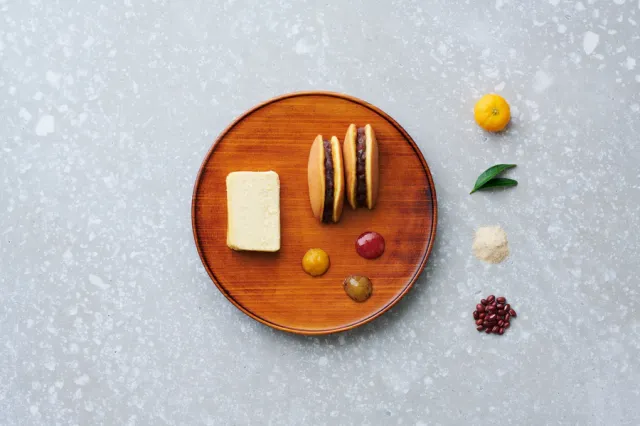
- See More
- Naraizumi-Yusai
- This liquor store stocks over 120 types of sake carefully curated from 27 breweries in Nara Prefecture. If unfamiliar with sake, you can feel at ease. The owner will recommend drinks to your liking. You can enjoy chattering with the owner and find your favorite.
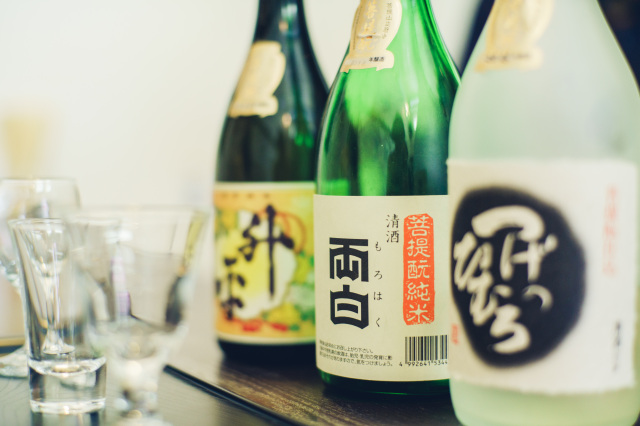
- See More
- Satouden Masuo Shoten
- This is a long-established sugar store founded about 170 years ago. All of the sugar-based sweets, such as Mikado rice candy, are made using traditional methods and are characterized by their subtle sweetness. Nara Confeito, with its cute packaging, makes the perfect gift for someone special.
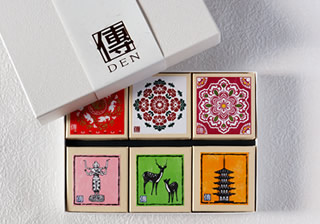
- See More
Shopping at the popular spot, Shika Saru Kitsune Building
Walking down the narrow alleyways, you will find a contemporary, stylish building: The Shika Saru Kitsune (Dear-Monkey-Fox) Building. It adjoins the birthplace of Nakagawa Masashichi Shoten, which has more than 300 years of history.
The shops and galleries in the refurbished kura (traditional warehouse) are filled with attractive Nara products. Restaurants and cafes are on-site, so you can have a good time even on rainy days.
Experience the sado (tea ceremony) culture
At the cafe, "Salon," you can enjoy different matcha teas and seasonal sweets. You can also bring the matcha home and drink it fresh. In addition, sado (tea ceremony) and chashaku (tea scoop) carving experiences are held regularly, so check the dates on the official website.
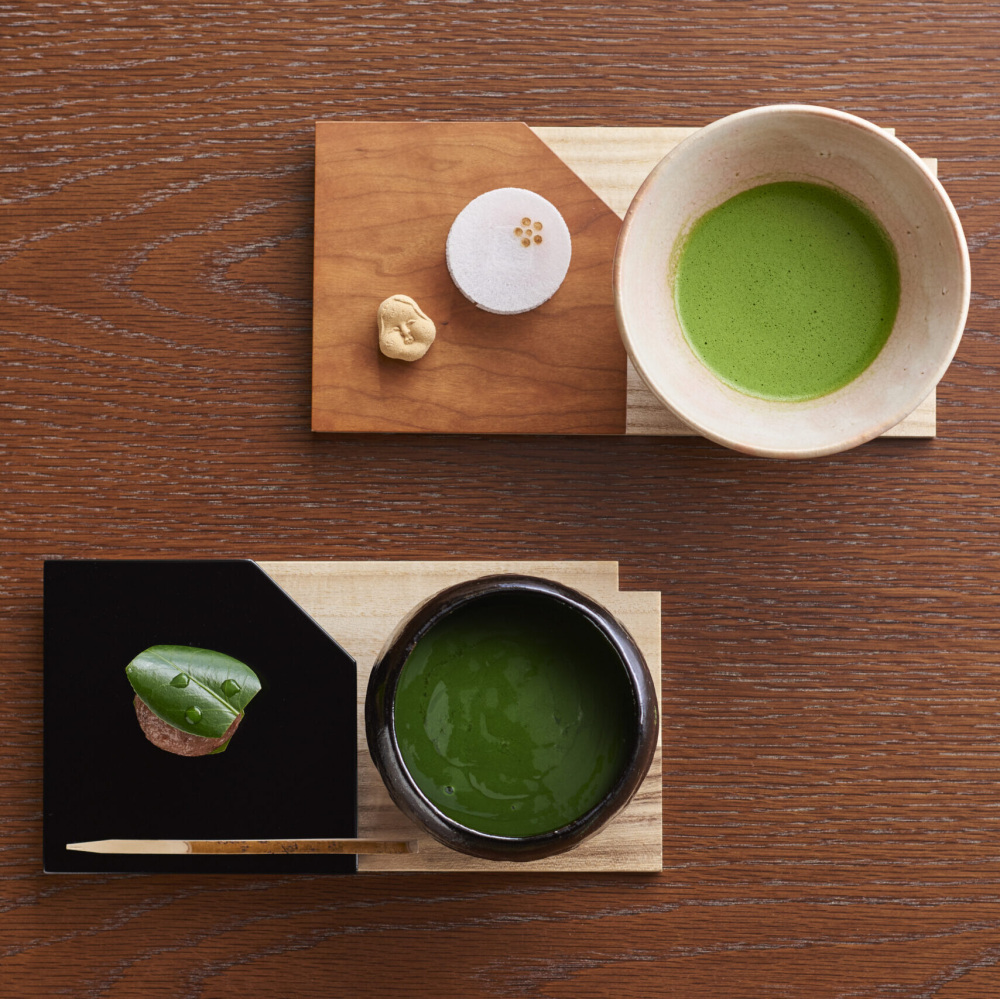
Access
About 15-minute walk from Kintetsu-Nara Station, or about 20-minute walk from JR Nara Station to Gangoji Temple in the heart of Naramachi
- Naramachi Minami Tourist Information Center "Shika no Fune"
- Naramachi Information Center
- Gango-ji Temple
- Koshin-do
- Goryo-jinja shrine
- Naramachi Koshi-no-Ie (Lattice House)
- Uoman
- Traditional sweets shop, Okuta
- cervo bianco
- kanakana
- HARU - Naramachi Style
- omoya
- Awa Naramachi
- Kaki-no-ha-zushi Hiraso
- Nara sweets manufacturer, ocasi
- Naraizumi-Yusai
- Satouden Masuo Shoten
- Shika Saru Kitsune Building
If you load Google Map beyond the daily limit, it may not display correctly.
